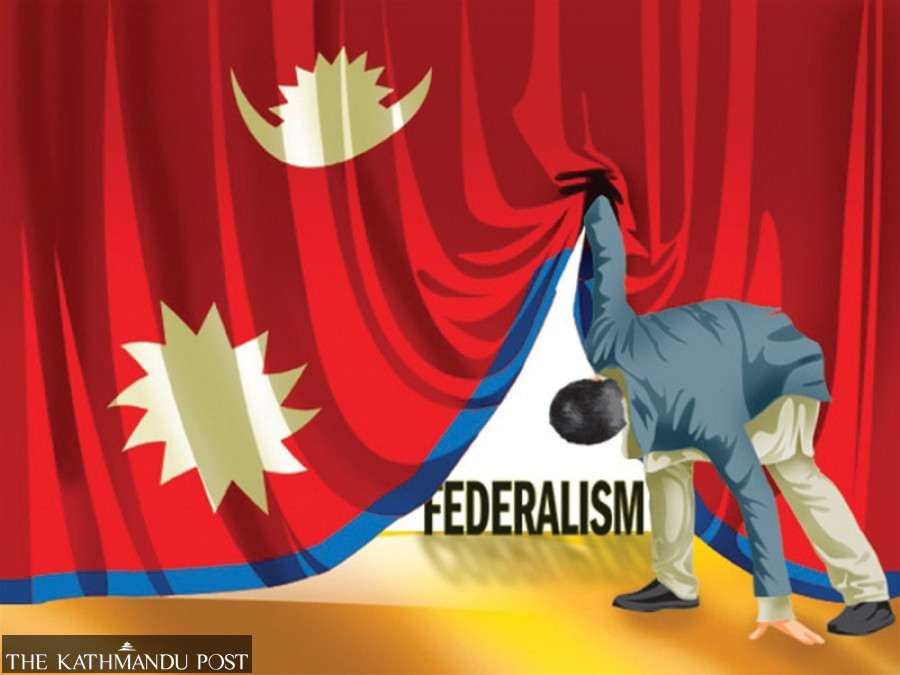Editorial
Takes three to tango
A two-tier federal structure will be no different to the erstwhile unitary system.
Leaders of major political forces in Kathmandu continue to be reluctant to devolve power to provinces. Their rigidity has agitated the seven chief ministers who have now joined hands to collectively fight against the centre. They are even preparing to take to the streets in Kathmandu to press the centre to allow them to deploy police force and civil servants in their provinces.
The federal leaders’ reluctance to devolve power is illegal as it goes against the provinces’ rights enshrined in the constitution. As per the same constitution, the federal parliament in 2019 endorsed the Police Personnel Adjustment Bill and the bill to govern the operation, supervision and coordination of Nepal Police and provincial police forces. While denying the provinces of these rights is illegal, it also flies in the face of the various political agreements that have been struck over the years to implement a federal system with autonomous provinces.
Of late, the criticism of provinces’ failure to deliver has been on the rise. The provincial level is under attack from various quarters. A section of society is against the federal system altogether. Right from the time when the constitution was being drafted in the Constituent Assembly, they stood against the very idea of transforming Nepal from a unitary to a federal state. There is another group that reluctantly accepted the new system at the time of statute promulgation in 2015. Notably, there are sizable numbers of people with this belief even in major political forces such as Nepali Congress and CPN-UML. Some of them advocate for a two-tier federal system, minus the provinces. The newly-emerged Rastriya Swatantra Party’s position on federalism is dubious too. Its policy of not feilding any provincial level candidate in last year’s general election seemed strategic.
But a federal system without provinces would be another absurd experiment in Nepal’s political history. One shouldn’t forget that the system was adopted to address age-old concerns of various ethnic communities and make them feel part of the country’s political mainstream. Moreover, a two-tier federal structure with only the federal and local levels will, in substance, be no different to the erstwhile unitary system. A federal structure had to be put in place precisely because the old mantra of ‘decentralisation’ away from the centre to the local levels was an abject failure.
Nepal can’t revert to a centralised unitary system. A better option is to allow the provinces to use their rights as enshrined in the constitution, and equip them with human and financial resources needed to carry out their duties. Some public concerns about the provinces’ failure to deliver are valid. To address this, again, the constitutional and legal rights of the provinces should be ensured. Only then can people judge if the provinces can actually function as autonomous entities. Prime Minister Pushpa Kamal Dahal, who likes to portray himself as an early champion of a federal Nepal, should at once start working to address the chief ministers’ demand if he is serious about saving the system that is purportedly so close to his heart.




 15.28°C Kathmandu
15.28°C Kathmandu














